In this blog post we’ll explore some of our favorite unique holiday traditions around the world!
What is your favorite holiday tradition? A Christmas tree, a turkey dinner with all the fixings, or maybe it’s the fireworks on New Year’s Eve.
Whatever your preference may be, you can’t deny that holidays bring people together and create memories to last a lifetime.
A serious case of wanderlust leaves one viewing the holidays as the perfect time to travel. Wouldn’t it be interesting to experience the holidays in a different part of the world each year?
As one of the most celebrated holidays in the world, Christmas, as we know it today, is a melting pot of secular and religious traditions from around the globe.
Check out these unique holiday traditions from different corners of the earth.
Deep Fried Caterpillars for Christmas (South Africa)
Turkeys in South Africa rejoice on Christmas Day as locals dine on delicacies of deep fried caterpillars and Emperor Moths.
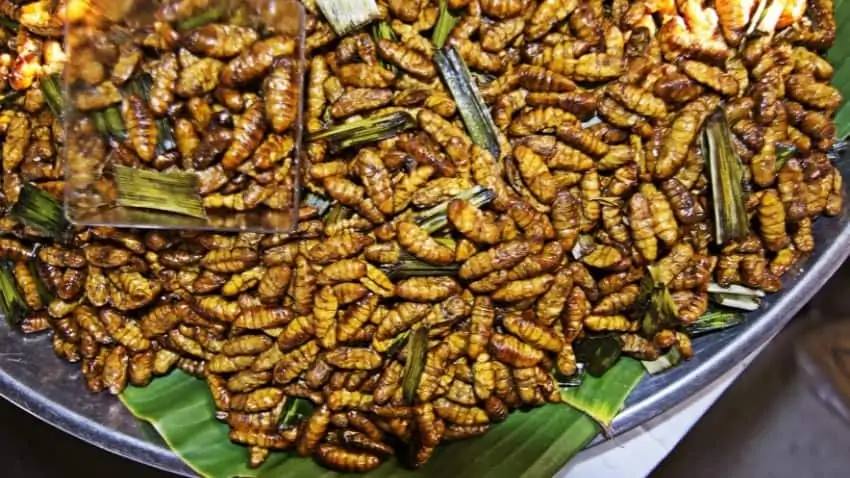
Both children and adults, representing the angels outside Bethlehem, go from house to house singing on Christmas Day.
Afterwards, there is a feast of rice and yam paste (fufu) with stew or okra soup, porridge, and various meats.
It is common for families eat together or with close neighbors, also exchanging gifts.
Krampus the Christmas Devil (Austria)
In the US, children work hard to make Santa’s Nice List and impress Elf on the Shelf.
In Austria, they prefer to take a more menacing route with Krampus.
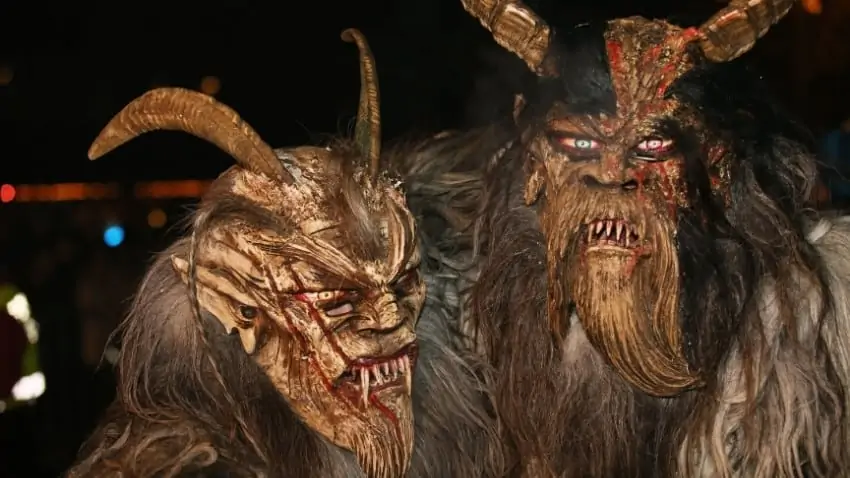
Krampus is an anthropomorphic figure described as “half-goat, half-demon”, who, during the Christmas season, punishes children who have misbehaved.
Coal looks pretty good right about now, right?
Kids Put Shoes in the Window (Iceland)
In Iceland, Christmas starts at 6 pm on Christmas Eve, December 24th, and the festivities last until the Thirteenth Day (Twelfth Night), which falls on January the 6th.
On the night before December 12th, it is customary for Icelandic children to put one of their shoes in the window.
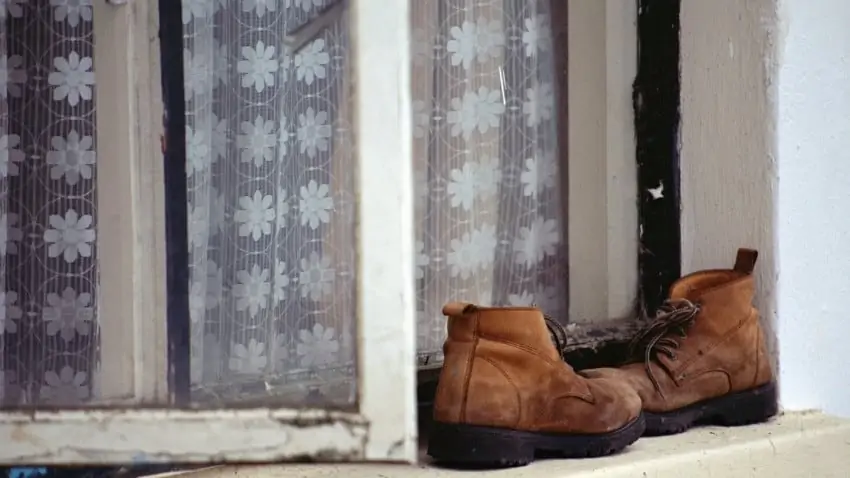
The shoe stays on the window sill until Christmas, and the children hope that the Yule Lads, who come into town from the mountains one by one on the nights leading up to Christmas, will leave a little something for them in the shoe.
Only well-behaved children earn gifts, those who are not, find a potato in their shoe.
Venezuela Christmas Roller Skating
Christmas Mass is a common tradition around the globe. However, in Caracas, Venezuela church-goers arrive on roller skates.

The city cuts off vehicle access to the city before 8 a.m. allowing the entire city to safely make their commute on skates.
Saint Nicholas of Myra (Germany/Turkey)
Each year on December 6, Germans remember the death of Nicholas of Myra (now the Anatolia region of modern Turkey), who died on that day in 346.
Saint Nicholas of Myra is the patron saint of little children, sailors, merchants and students.
He’s also known as “Saint Nick” and Father Christmas, but he wasn’t born in the North Pole like Santa Claus.
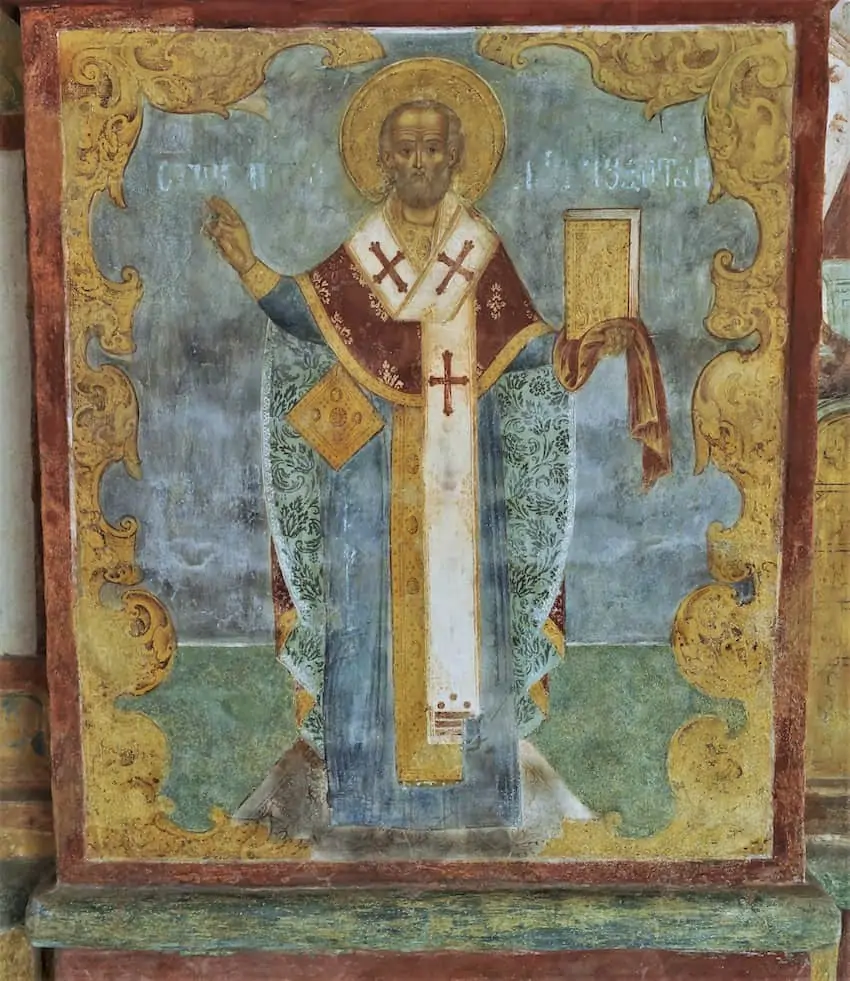
Born around 270 AD in what is now Turkey, Saint Nick was a Greek Bishop who lived his life spreading Christianity throughout Asia Minor and Europe.
His feast day on December 6th commemorates when he died over 1,700 years ago.
He helped to give gifts anonymously to children by tossing coins through their windows or down their chimneys while they slept so that they would have something for Christmas morning.
It is said that he told them to tell nobody about it until Christmas morning because ‘Santa’ wanted it to be a surprise!
Nowadays we know him as Santa Claus, and he lives in the North Pole.
The Spider and the Christmas Tree (Ukraine)
At first, the Ukrainian tradition of adding spider webs to the Christmas tree may seem odd, but it is based on an old folktale in which a poor mother and her children had no decorations for their Christmas tree.
Hearing their sad cries, spiders decorated their tree overnight and upon waking the widow and her children saw the way morning light danced across the webs.
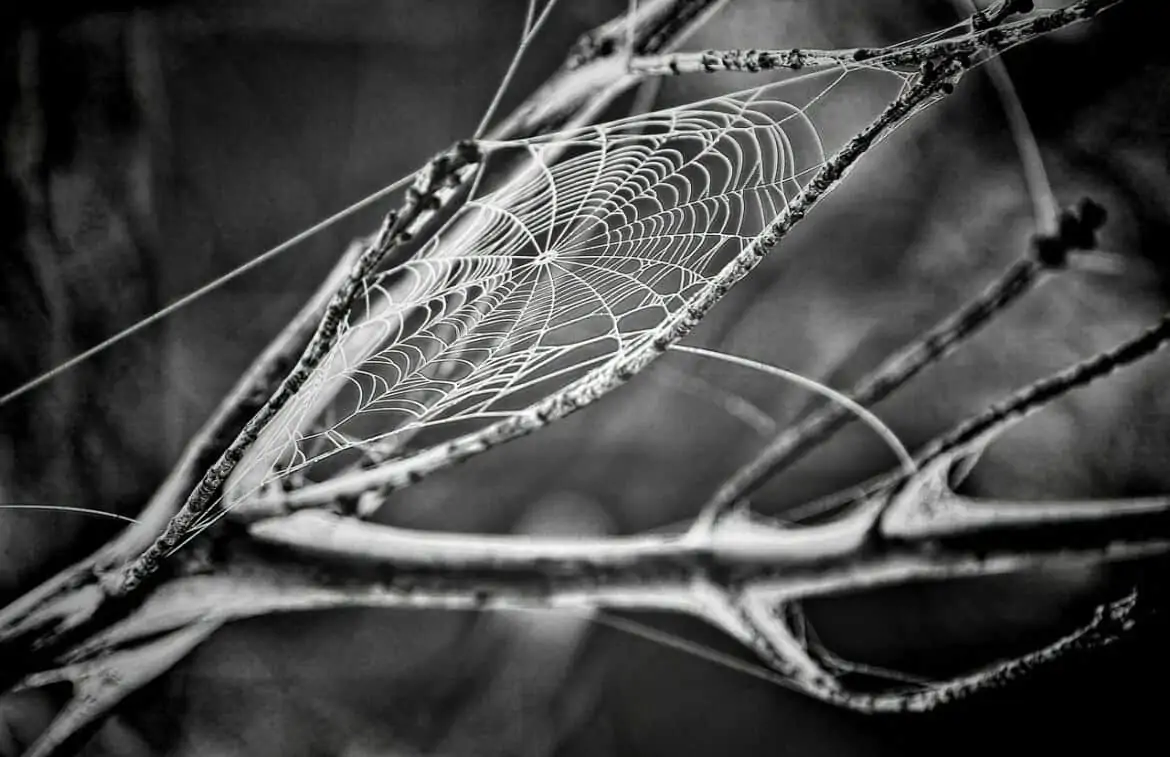
From that day forward the widow never felt poor, instead, she was always grateful for all the wonderful gifts she already had in life.
It’s believed that the webs will bring good fortune and luck for the upcoming year.
The Legend of La Befana (Italy)
On January 5th, children across Italy await the arrival of La Befana, an old and ugly – but friendly – witch who will bring them toys and delicious sweets.
She flies through the sky in her broomstick and leaves presents for good boys and girls.
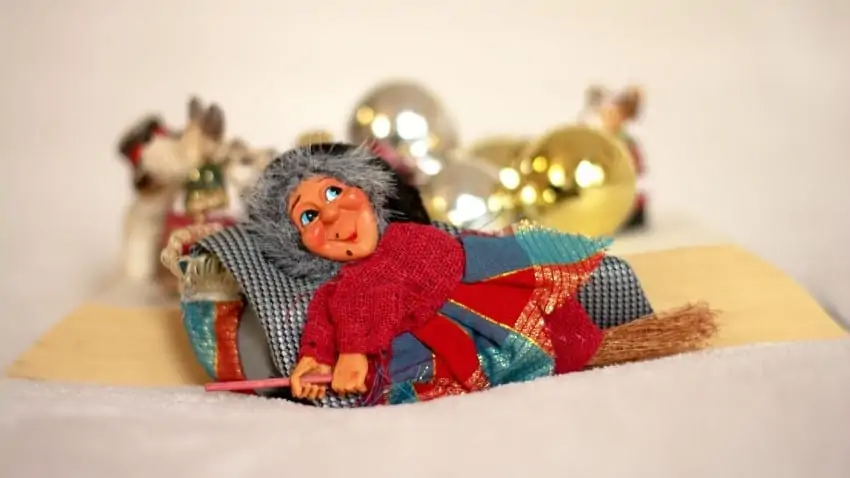
But she also punishes those children who have not been obedient during the year by taking away their toys.
In Italy, it’s said that if you leave a glass of wine or beer outside your door for Befana, she will leave you an extra gift as well as one for each member of your family!
Hogmanay (Scotland)
New Year’s celebrations in Scotland are even bigger than that of Christmas. December 25th is a day for quiet reflection for family.
It’s their New Years Celebration, or Hogmanay as it’s called, is a loud, joy-filled celebration.
Hogmanay is the Scottish word for “last day of the old year”. It usually involves celebrations, which continue into January 1st or even 2nd depending on where someone lives in Scotland.
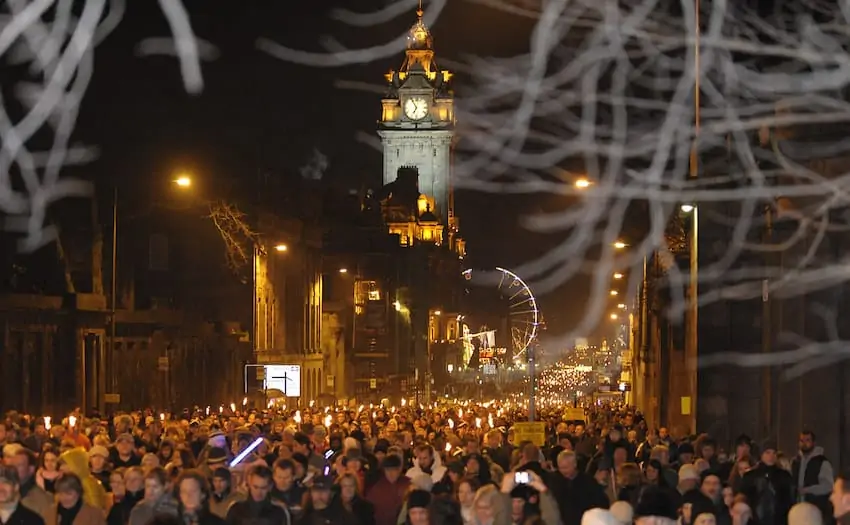
Hogmanay in Scotland also involves traditions of exchanging gifts with loved ones and family members. This is similar to American Christmas tradition where people share presents on December 25th.
The Scots have many different traditions during their “celebrations of Hogmanay.” These vary from region to region so there are various ways people celebrate this special date across Scotland.
For example, some families choose to go out dancing with friends while others sit down together at home by a fire place watching classic films. Still others enjoy a classic Scottish dish at their local pub, like haggis or shortbread.
One of the most important traditions is called First-Footing. The first person to enter the home of a household on New Year’s Day and is seen as a bringer of good fortune for the coming year.
Once midnight strikes and the calendar flips to January 1st, all eyes await the arrival of the year’s first visitor.
One last thing that Scots do for Hogmanay is sing “Auld Lang Syne” after the clock strikes 12 midnight signaling the end of New Year’s Eve celebrations.
The song calls back memories from the past year while giving thanks for what lies ahead.
In Scotland they will say ‘haud Hogmanay‘ to celebrate the end of the old year. Once the New Year arrives, they call it ‘Ne’rday’ or ‘Neerday’ for New Year’s Day.
Hide the Brooms (Norway)
All work ceases on the afternoon of Christmas Eve and the family put on their finery for the occasion in Norway. Families get together to make up decorations for the Christmas tree.
For the superstitious, all the brooms in the house are hidden.
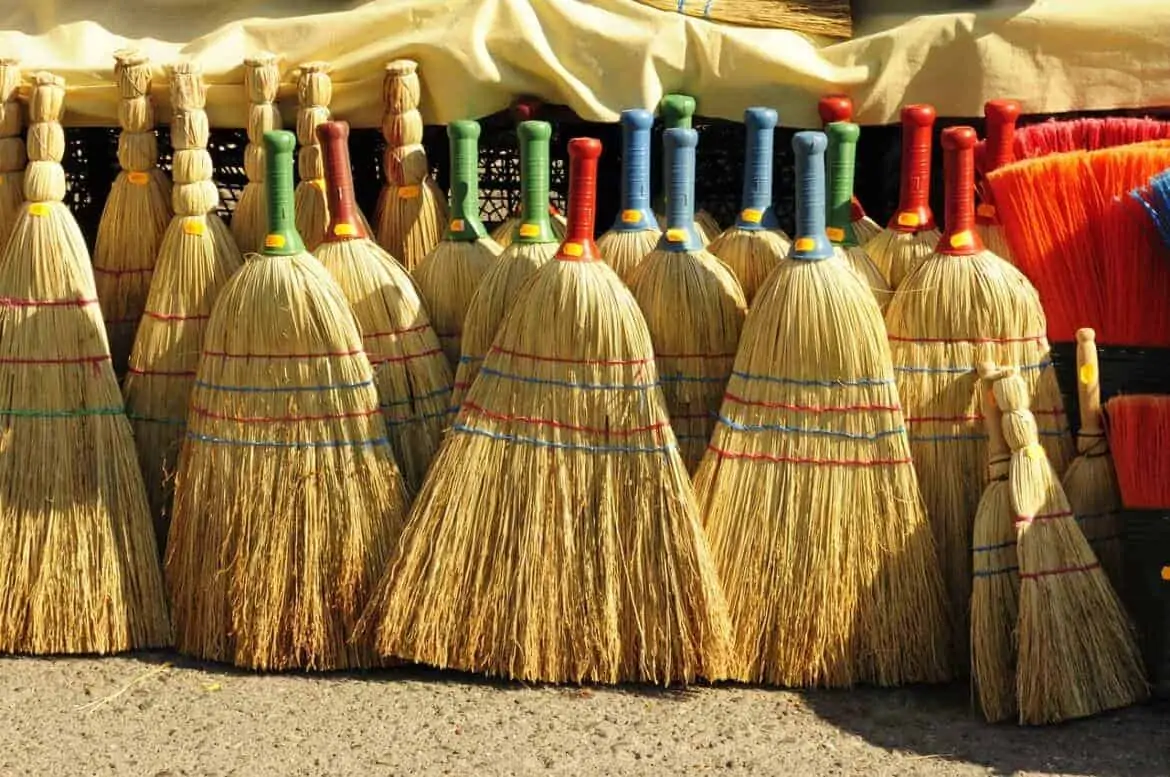
Norwegians long ago believed that witches and mischievous spirits come out on Christmas Eve and would steal their brooms for riding.
Nisse, a little gnome who guards all the farm animals is another superstition.
Norwegian children believe if they do not place a bowl of special porridge for Nisse, he will play tricks them.
This is awesome. I never heard about this unique tradition in other countries but sounds great and fun.
it was nice reading articles like this. it educates everyone about traditions of each country. very h